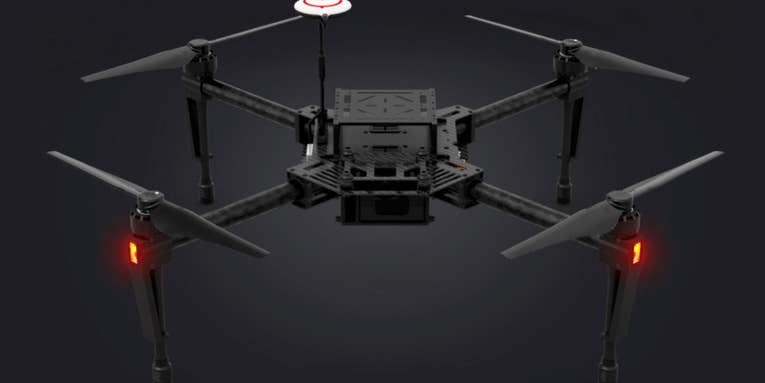
Drone Reviews
Find out what’s buzzing in the drone world with our latest reviews and coverage of the industry’s most popular models and accessories.
Latest Drone Reviews Stories

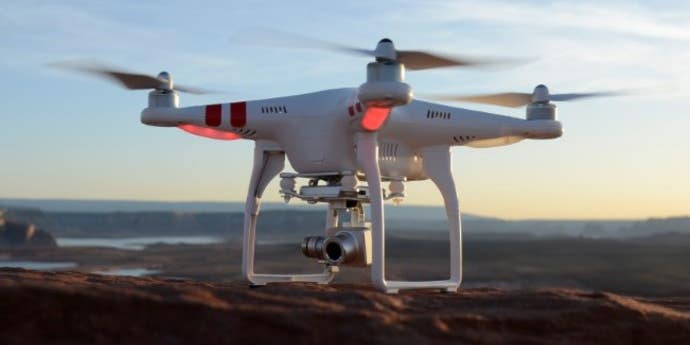
New Gear: DJI Announces New Phantom 2 Vision+ Camera Drone

Lily Is A Flying Camera That Follows You Anywhere
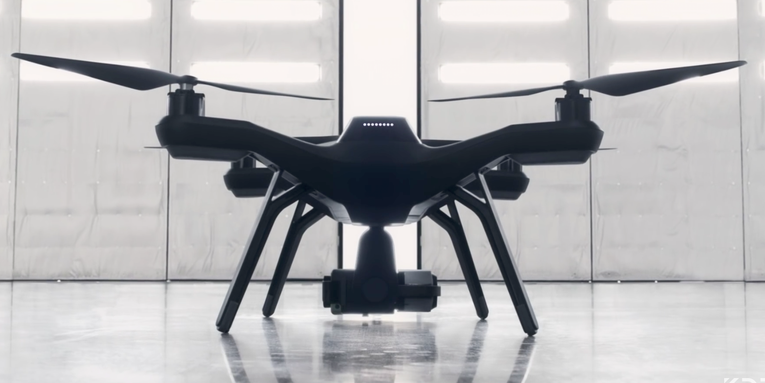
The 3D Robotics Drone Shoots Better Aerial Video Automatically

New Gear: DJI Phantom 3 Quadcopter Drone Gets Is Optimized for Photos and Videos
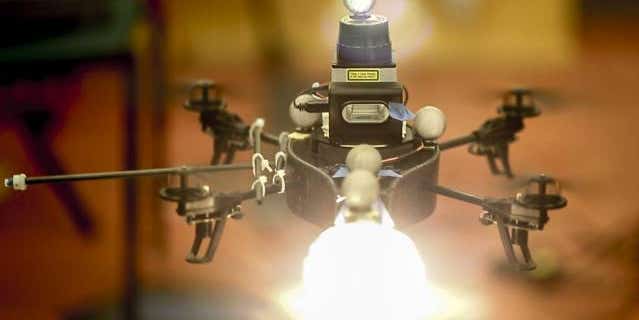
The Litrobot Is An Autonomous Lighting Drone
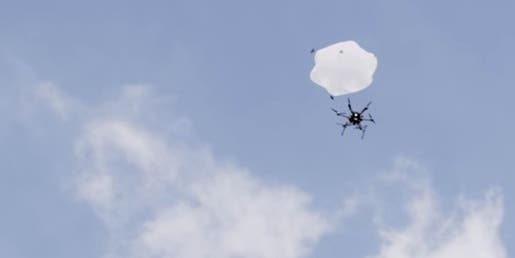
DJI Working on Parachute System to Rescue Falling Camera Drones

New Gear: DJI Spreading Wings S900 Drone

DJI Introduces The Zenmuse X5 Micro Four Thirds Drone Camera
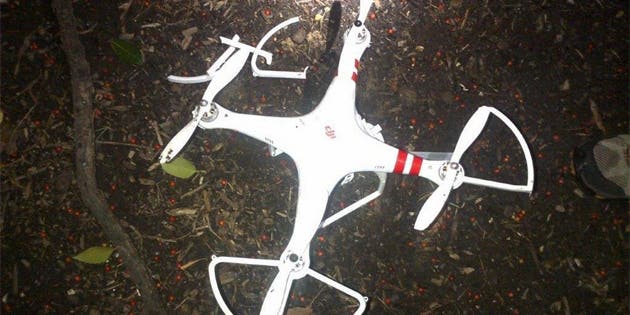
DJI Camera Drone Update Won’t Allow Flight In Washington DC Area

New Gear: Profoto RFi 4′ Octabox Lighting Modifier

Photography Drones: Robot Cameras Take to the Skies

Leica Lenses Hacked to Autofocus on a Sony NEX Camera
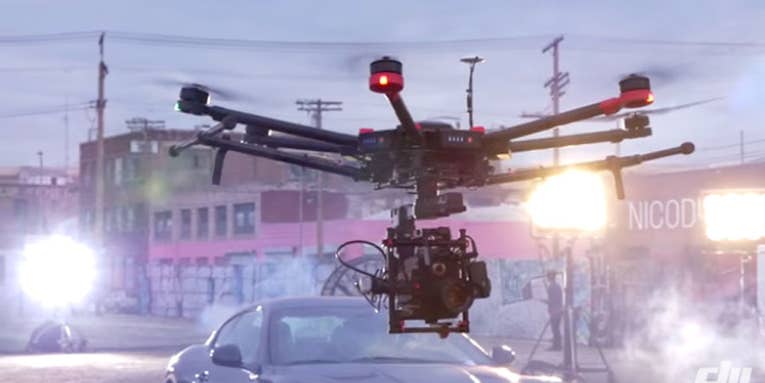
The DJI M600 Drone Is Built to Carry Heavy Cinema Camera Rigs

Zero Zero’s Hover Drone Promises Simplicity, Portability

You Can Now Buy a Medium-Format Camera Drone from DJI and Hasselblad
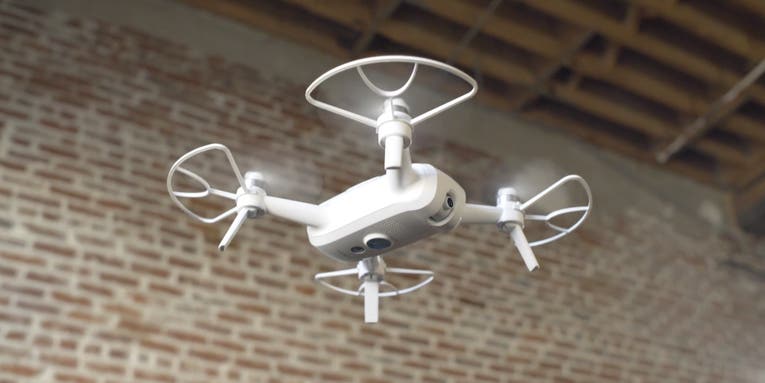
Yuneec Breeze is a Compact Camera Drone with an Emphasis on Easy Flying

DJI Mavic Pro Drone Is Super Compact, Flies For 27 Minutes On A Single Charge

DJI ZenMuse Z30 Is A Drone Camera With 30x Optical Zoom
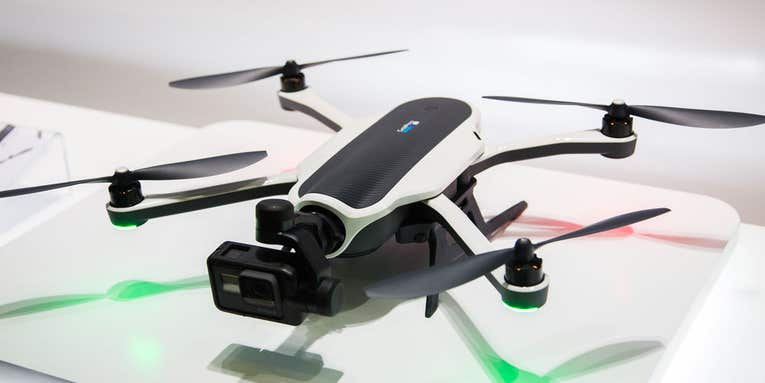
GoPro Is Recalling Its Karma Drone Because Some Units Have Lost Power While Flying

DJI Announces Phantom 4 Pro Drone With Improved Camera and Smarter Navigation

New Gear: Yuneec Goes Pro with its H920 Plus Hexacopter Camera Drone

Shooting the US Open with an Olympus E-PL1

DJI’s Mavic Air Drone uses more than a dozen sensors to keep it from crashing
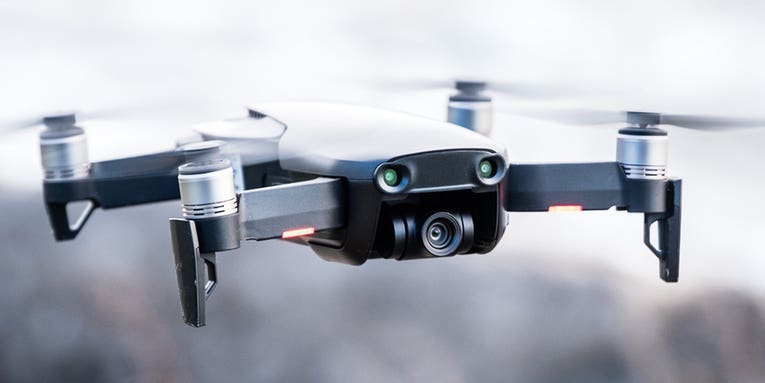
DJI’s Mavic Air drone is the best flying machine you can throw in your backpack

The DJI Mavic 2 Pro and Zoom drones are covered in sensors and filled with AI to prevent crashes
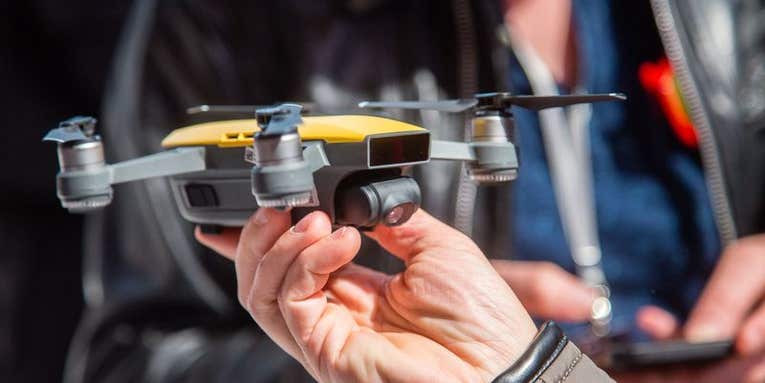
You once again have to register your drone—yes, even the little ones

Kickstarter Project Hopes to Create an Affordable Drone for Aerial Photography
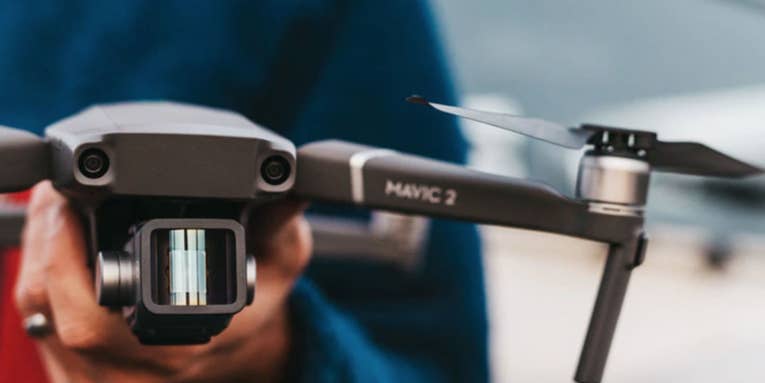
Moment’s anamorphic drone lens makes aerial footage look more like the movies
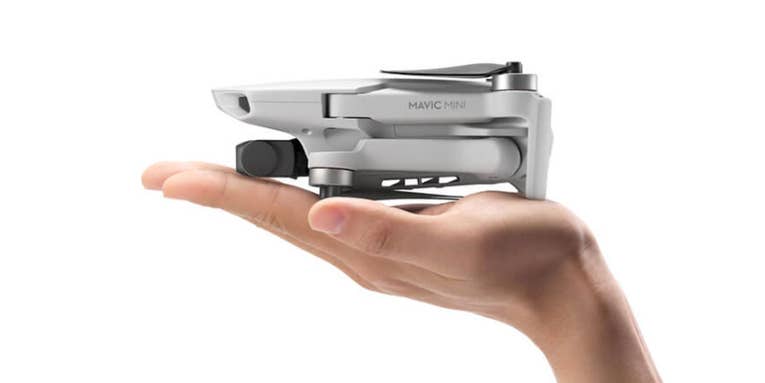
The DJI Mavic Mini is a serious camera drone masquerading as a toy

Tiffen’s new ND filters teach DJI’s new drone cameras optical tricks

DJI’s Mini 2 drone adds pro-grade features and a $50 price hike
